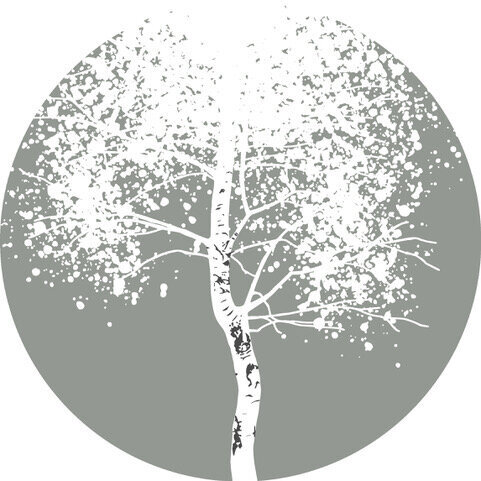Finding Space in a Frantic World - Part 1
/When life gets on top of you, do you find yourself feeling mentally crowded, physically tense or emotionally unstable? Often this comes with a sense that we are lacking the space to just ‘be.’
It is at such times that we most commonly switch into auto-pilot behaviours such as snapping at people, eating a poor diet, not exercising or developing chronic physical tension.
The irony is that whilst we may think we are too busy for change, now is the time to press pause before exhaustion sets in and we become less productive or worse still, have to take time out due to illness.
In this two part post, I am going to offer some ideas as to how you can manage your well-being when life is frantic by cultivating a sense of spaciousness.
This month I recommend the 3 Step Breathing Space as a first port of call. This practice invites curiosity into habitual tendencies of mind, helps reduce auto-pilot behaviours and connects us to the body as a way of informing us about our state of mind. This cyclical or hourglass practice opens us up to present moment experiences; the more frequently it is called upon as a resource, the sooner we learn to recognise and switch off auto-pilot.
Read through the instructions and then try it out:
STEP 1 Check in with your thoughts, emotions and sensations in the moment. See yourself through a wide-angled lens to take in how each is a response to the other.
For example, you might be generally feeling pressured and wishing you had more time. You probably find yourself less patient than usual. It is likely that your thoughts go hand in hand with emotions such as anger or frustration. These emotions might manifest as physical sensations like tightening in the throat because we do not feel heard or knotting in the stomach.
Pay close attention to each in turn and to the patterns that weave through.
STEP 2 Your anchor. The term anchor is used to narrow your focus of attention to one thing that holds you in the present moment. Most commonly and easily is the breath. Choose one aspect of breathing to begin with, such as the air entering your nostrils or the rise and fall of your chest or belly.
It may take some time before the thoughts subside. Perhaps you drift from one thought to another with barely a moments space between. What is important is when you do notice that you are thinking, to simply acknowledge the fact and gently guide the attention back to the breath. Try not to judge yourself when you notice the mind thinking; this is a very natural human behaviour.
STEP 3 Once you feel more settled in the present, widen your focus again to take in the thoughts, emotions, sensations and include the sounds around you. Notice how you can focus on your breathing but equally be aware of the comings and goings of the mind. Thoughts, emotions, sensations, sounds are transient unless we choose to cling to them.
By dropping in to the 3 Step Breathing Space frequently throughout your day, you can step away from the clinging and perhaps find yourself some mental space to continue with better focus, concentration and clarity. It isn’t easy when you are new to this, but with practice you can find yourself pressing pause more easily and resetting your current mental state to one that is more spacious.
Next month I will write about ways in which we can address the physical tension and emotional instability.
If you would like to work with me in support of finding more space in your life, please email directly.
Namaste.


